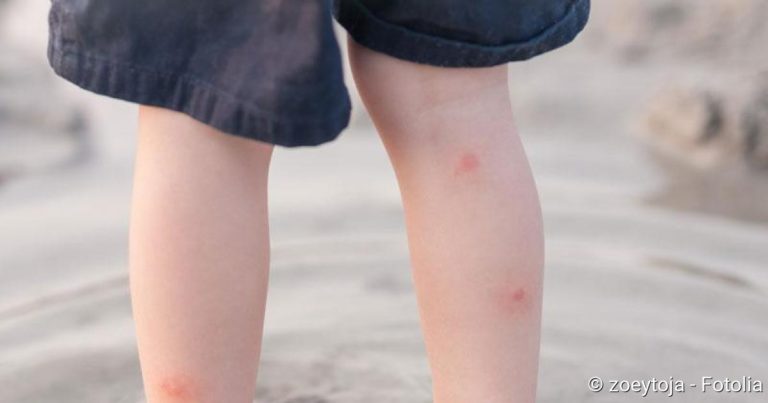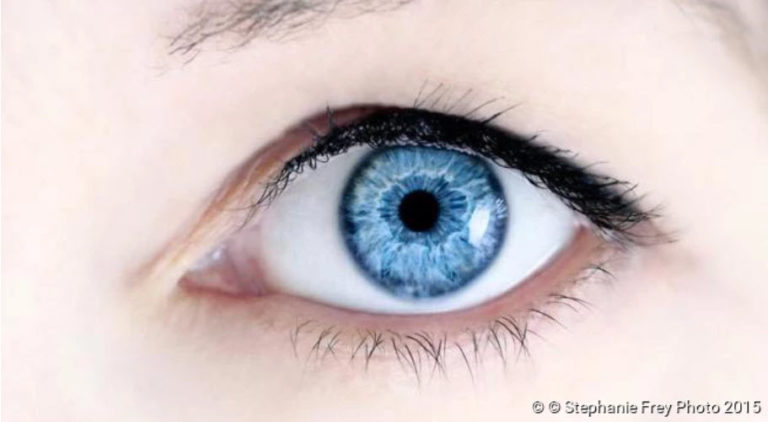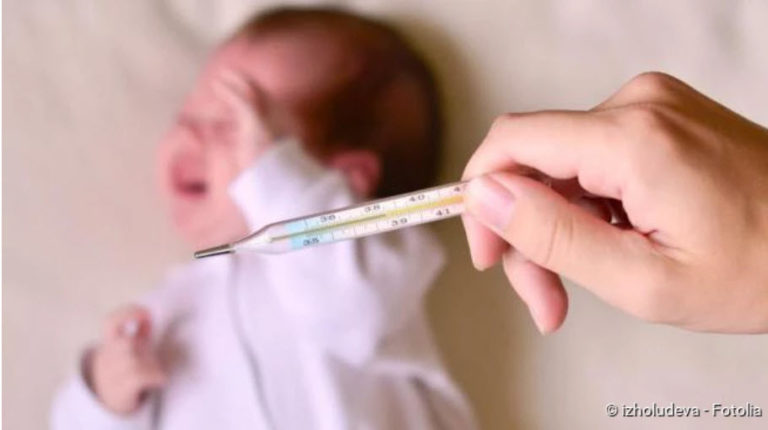Bruising: symptoms, therapy, duration of healing
Bruising: symptoms, therapy, duration of healing
A bruise is a blunt, closed injury that occurs, for example, as a result of a blow, impact, falling objects, fall or fall. The tissue (skin, fatty tissue, muscles etc.) is squeezed. Here you can read all the important information on the topic: What is a contusion? What symptoms does it cause? How can bruises be treated? How long does a bruise last?
Bruise: Description
Physicians call a bruise a direct injury caused by compression. It is closed – so there is no visible skin injury and no fracture. The tissue at the bruised area (for example skin, fatty tissue, fascia, muscle, tendons, tissue capsule etc.) is squeezed.
Depending on the type and location of the bruise, one speaks, for example, of bone contusion, muscle contusion, eyeball contusion, lung contusion, brain contusion, thigh contusion (“horse kiss”), rib contusion, knee contusion or shoulder contusion.
Bruised ribs
You can read more about the cause, symptoms and treatment of bruised ribs in the article Rib Bruise.
Knee contusion
You can read more about the cause, symptoms and treatment of a bruised knee in the article Knee Bruise.
Shoulder contusion
You can read more about the cause, symptoms and treatment of a bruised shoulder in the article Shoulder Bruise.
Contusion and bruising
In practice, a distinction is often made between the two terms: a contusion is a banal and painful tissue damage without long-term significance.
A bruise, on the other hand, is a severe contusion, which is also accompanied by swelling and bleeding (haematoma). If additional tissue has been destroyed, doctors speak of a bruising.
Bruising: Symptoms
A bruise is painful, especially when the injured area is moved or loaded. However, there is no bleeding and no significant swelling. Such symptoms only occur in the case of a severe contusion.
Often a bruise is also accompanied by a restriction of movement, such as a muscle contusion in the thigh area (thigh contusion).
Depending on the localization, further symptoms may occur. For example, a severe bruise of the eyeball can not only cause swelling and under-bleeding of the eyelids and conjunctiva, but can also restrict vision and displace the eye lens from the optical axis. A cerebral contusion (contusio cerebri) causes unconsciousness and neurological symptoms (such as epileptic seizures, loss of smell = anosmia, speech and vision disorders, etc.).
If the bruise affects a joint, an effusion can form, i.e. more fluid is secreted into the joint cavity. If blood vessels have been destroyed, blood collects in the joint cavity (bruising).
Bruising: Causes and risk factors
A bruise is caused by direct blunt force from outside. This can be, for example, a blow, a fall, a shock, the impact of falling objects or entrapment.
Very often bruises occur during sports, especially contact sports like football or ice hockey. But even in sports where you do not have direct contact with other players, you can get such an injury, for example when a tennis ball hits your eye (eyeball contusion).
Special protective clothing can reduce the risk of bruising or other, more serious (sports) injuries. For example, you should wear a helmet when cycling, skiing and inline skating and shin guards when playing hockey and football. Back protectors are recommended for snowboarders and mountain bikers.
Bruising: examinations and diagnosis
A simple contusion generally does not require a visit to the doctor. However, if the symptoms are severe or persistent, or to rule out further injuries (such as broken bones), it is necessary to see a doctor. In general, medical advice should be sought for skull contusions.
The doctor will first ask about the symptoms and their origin. Possible questions here are:
- How did the injury occur? For example, did you fall or get hit?
- Where exactly do you have pain?
- Do you have any other complaints?
Then follows the physical examination. The doctor examines the injured area and carefully palpates it. In doing so, he pays attention, for example, to swellings, pressure pain and restricted movement.
Imaging methods
Bone contusion occurs particularly in parts of the body where a bone is only covered by a thin layer of skin. This is approximately on the head, ribs and shin. However, a painful, blunt injury in such places can be not only a contusion but also a fracture. This cannot be distinguished solely on the basis of pain intensity. An X-ray examination is necessary for this.
For a more precise diagnosis (e.g. to exclude ligament injuries or in the case of a brain contusion), the doctor can order a computer tomography (CT) or a magnetic resonance imaging (MRI).
Bruise: Treatment
First aid for a contusion
The aim of first aid measures in the event of a bruise is to reduce the leakage of blood and lymph into the surrounding tissue as far as possible. Proceed according to the PECH rule:
- Pause: Even if the pain passes quickly, you should refrain from further sporting activities for the time being. Because this would increase the blood flow, lead to swelling and vascular damage.
- Ice: Cool the affected area for about 15 to 20 minutes. You can use ice packs or envelopes with cold water for this purpose. The cold causes the blood vessels to contract and less blood comes out. Caution: Because of the danger of local frostbite, never apply ice directly to the skin!
- Compression: External pressure can prevent the tissue from swelling and more blood from injured vessels from entering the surrounding tissue. For this reason, you should apply a compression bandage to the injured area if possible.
- Raise: Raise the injured area high if possible. This also reduces the blood flow to the injured area.
In case of eye bruises: Put on a cool washcloth!
In case of bruises of the abdominal cavity, the patient should lie down with his knees tightened, this will relieve the pain.
Herbal remedies for bruises
Herbal preparations can help against the pain and swelling, for example an ointment or gel based on arnica. If the pain is severe, the doctor may prescribe painkillers (such as paracetamol).
Bruise: When to see a doctor?
Sometimes it is not easy to distinguish between a serious injury and a minor injury.
In case of doubt you should always consult a doctor. This is especially true if the head, abdomen or eyes are affected. For example, a contusion of the eyeball may require the administration of drugs that reduce the increased intraocular pressure. If the contusion has led to a retinal detachment, surgery is required.
With an ultrasound examination, a doctor can determine the extent of the injury. Sometimes X-ray examinations are also carried out to rule out an additional bony injury.
In the case of very severe bruising with large bruises, especially in the joint, a puncture can be useful. In this procedure, a needle is used to aspirate the fluid that has accumulated in the tissue. Sometimes an existing bruise must also be surgically removed.
As a complication of a severe muscle contusion, an increase in pressure in the muscle, the compartment syndrome, can occur. This means that the muscle is no longer supplied with blood (and thus oxygen) and can die. Therefore, operational relief must be provided quickly.
A brain contusion usually has to be treated in hospital.
Bruising: course of disease and prognosis
A contusion generally heals on its own and without consequences. The same normally applies to a severe bruise (contusion). Only in exceptional cases can scarring changes occur in the area of bleeding.
If a bruise that seems banal at first quickly worsens the symptoms, you should definitely see a doctor.
Contusion: Duration
The healing time for a banal contusion is usually two to three weeks, in mild cases only a few days. In the case of a contusion that is accompanied by scarring, healing can take four weeks or longer.
About this text
This text complies with the requirements of medical literature, medical guidelines and current studies and has been reviewed by medical experts.






